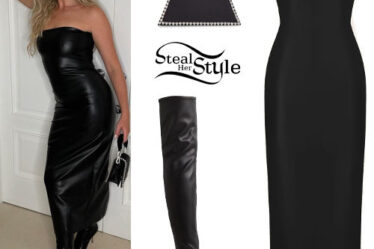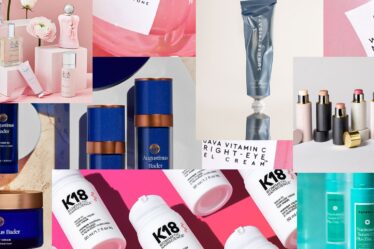
The return of Y2K fashion is influenced by factors like the 20-year fashion cycle, pop culture, celebrities, influencers, and fashion designers.
Social media, nostalgia for the millennium, and changing societal attitudes also impact the resurgence of the Y2K style.
In this article, I’ll introduce you to the 5 main factors that have triggered the return of Y2K style in the contemporary fashion landscape.
1. Pop Culture Influence
Icons from the Y2K era, like Beyonce, Jennifer Lopez, Christina Aguilera, and Britney Spears, are still influential today, and their endorsements have a significant impact.

Britney Spears: Britney Spears was a prominent style icon of the early 2000s. Britney’s pop star status and trendsetting outfits, including low-rise jeans, crop tops, and bold accessories, make her a Y2K fashion reference.
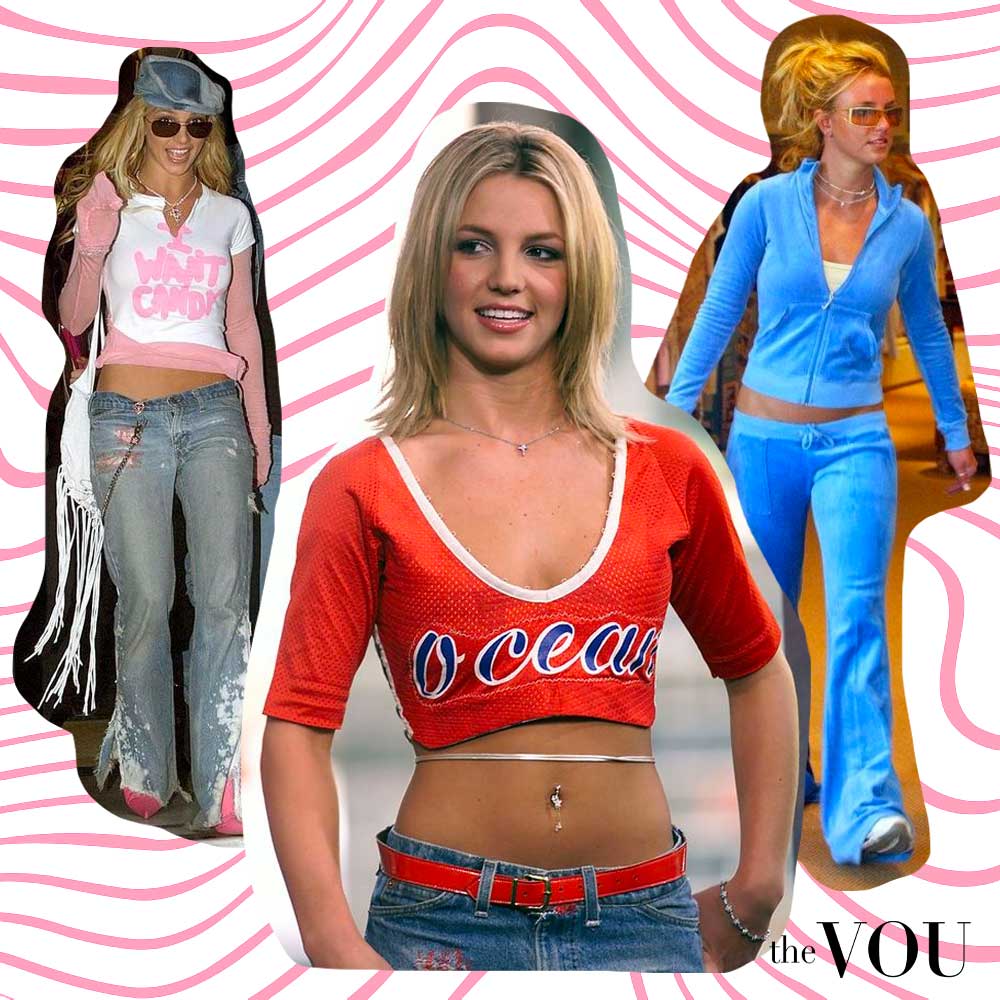

Paris Hilton: With a glamorous lifestyle and reality TV fame, Paris Hilton popularized many Y2K fashion trends like Juicy Couture velour tracksuits, Von Dutch Trucker Hats, and colorful oversized sunglasses accessorized with rhinestones.
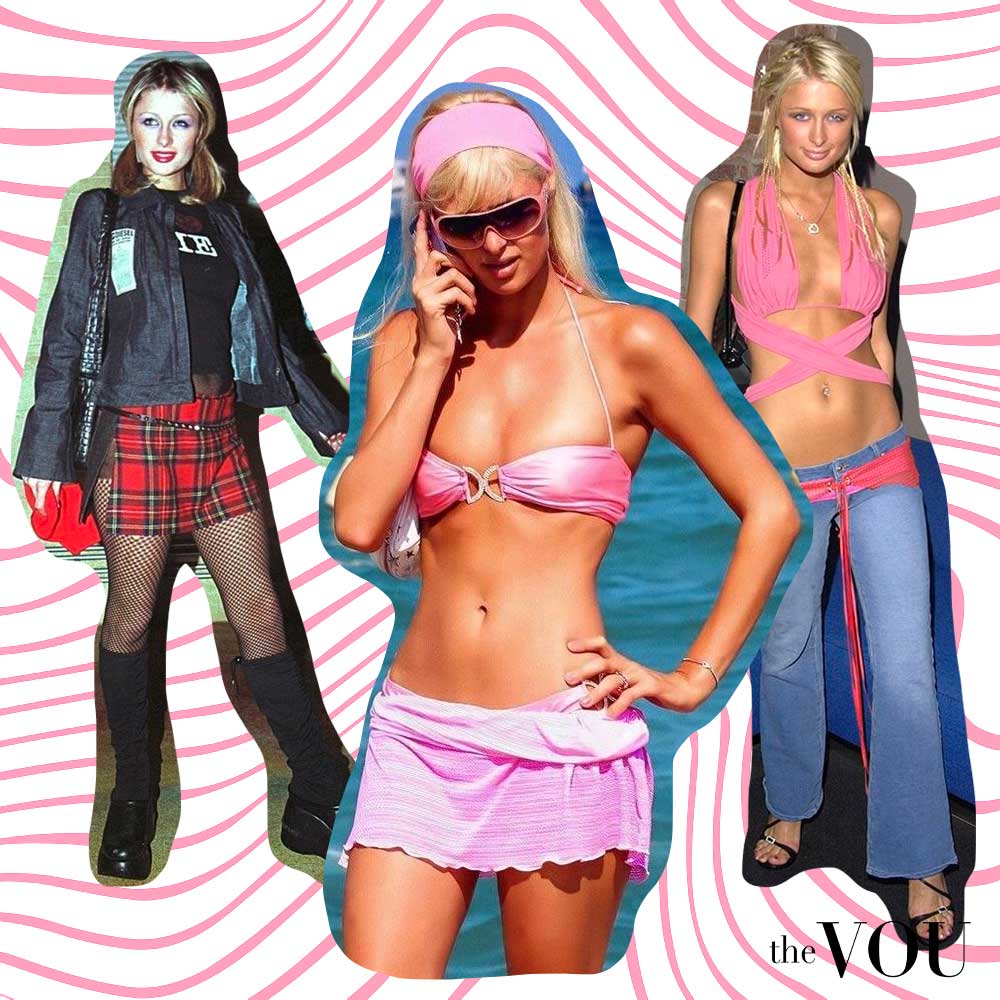

Christina Aguilera: Christina Aguilera’s music videos and red carpet appearances enchanted millions of fans worldwide with Y2K iconic outfits comprising form-fitting tops from Baby Phat by Kimora Lee Simmons, Dior saddle bags, and UGG boots.
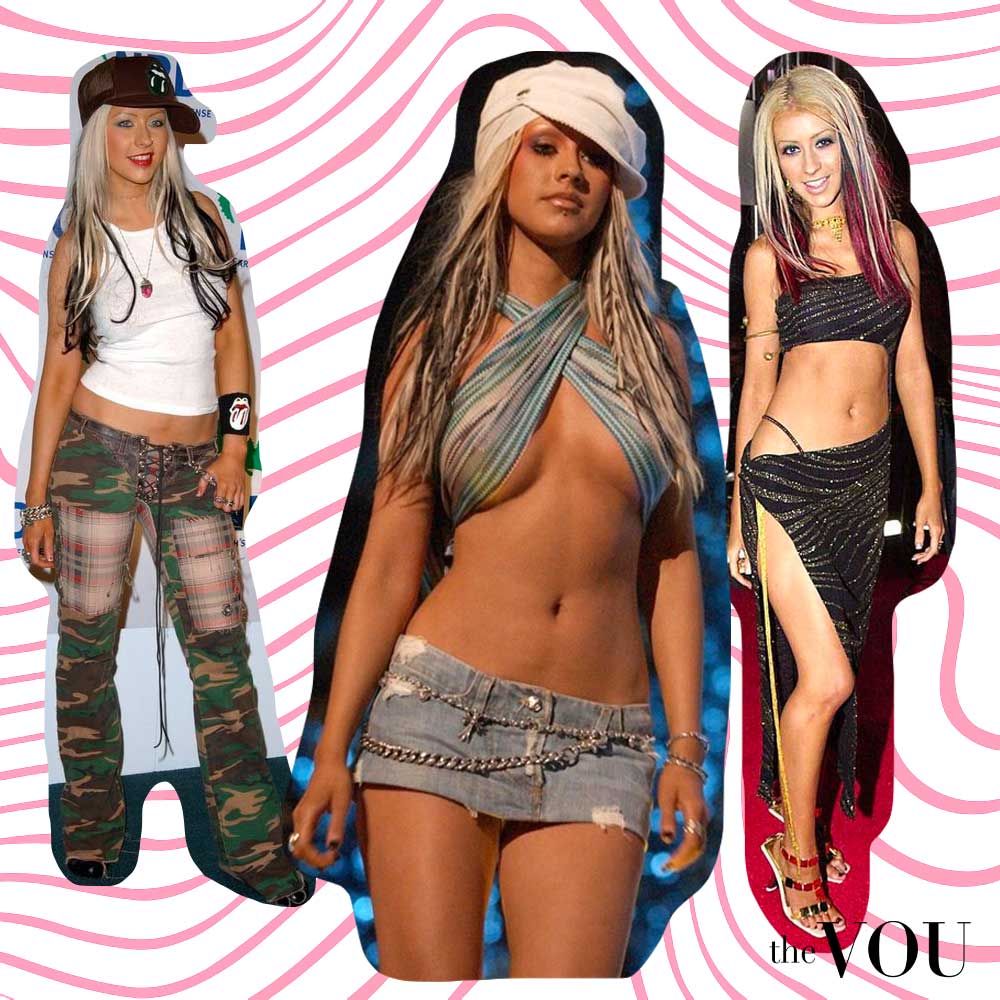

Jennifer Lopez: J.Lo’s fashion sense in the early 2000s, including the famous Versace dress from the 2000 Grammys, is a quintessential example of Y2K fashion.
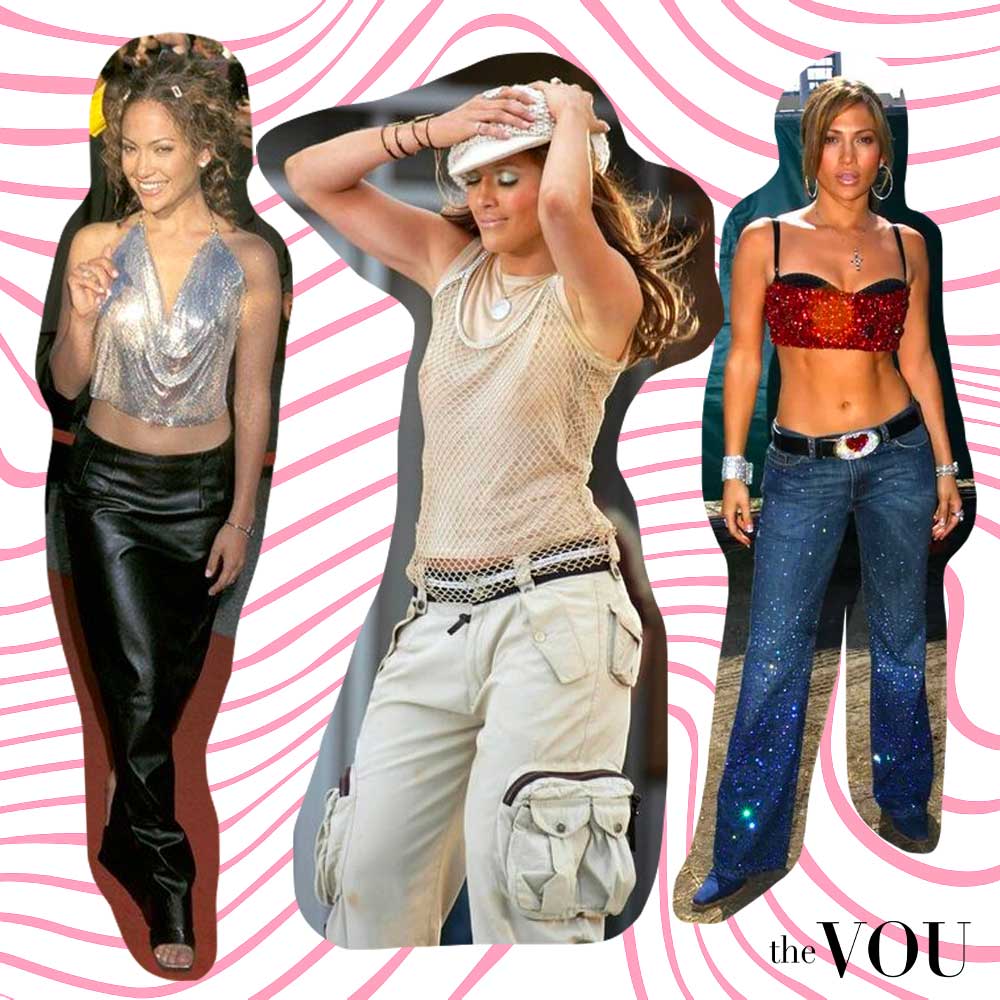

Beyonce: During her time with Destiny’s Child, Beyonce’s colorful outfits, accessorized with bandanas, heart tag necklaces, butterfly clips, and sunglasses with Rhinestone became critical to the Y2K movement.


Modern interpretations of these celebrity Y2K fashion looks continue to appear in the media, rekindling interest in the aesthetic.
2. Millennium Nostalgia
The original Y2K era coincided with the excitement and anxiety about the new millennium, reflected in fashion via futuristic garments of metallic and shimmery materials.
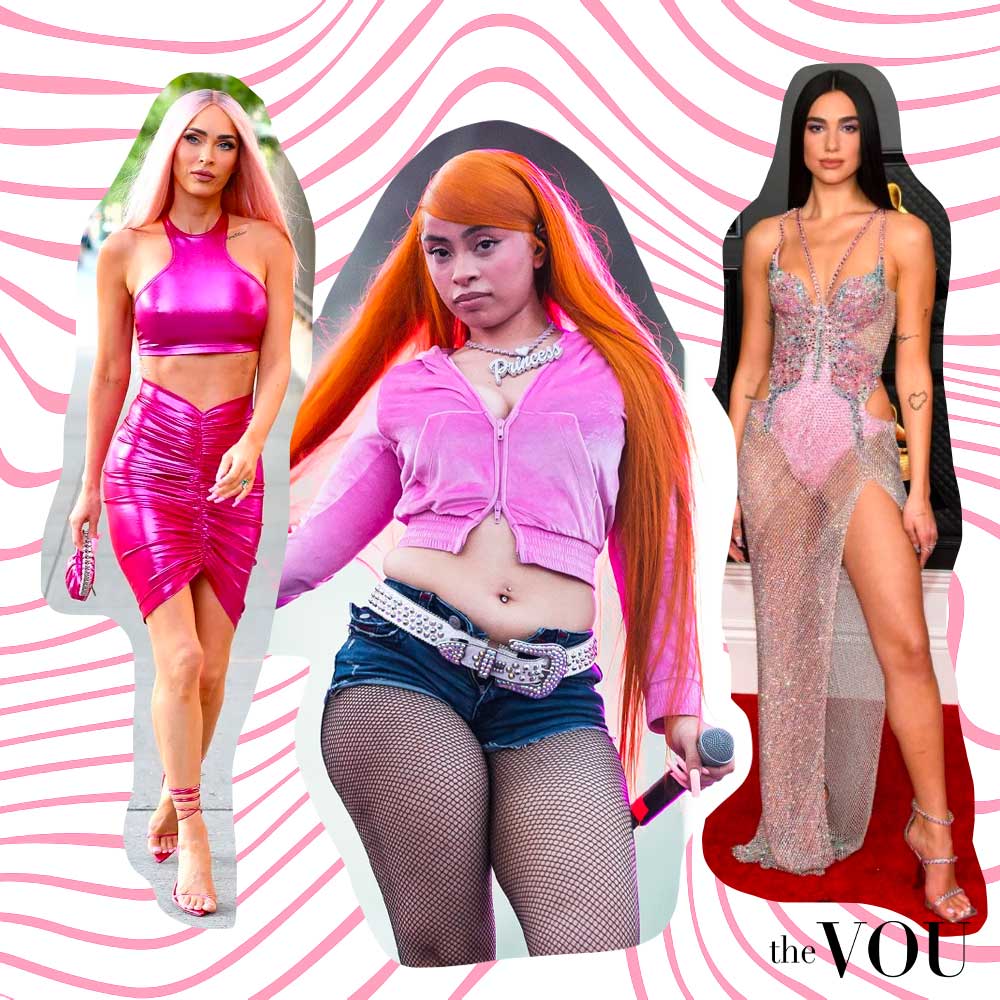

The return of Y2K taps into this sense of technological nostalgia while adapting it to current fashion trends and technological changes.
As such, the modern Y2K fashion trend incorporates millennium aesthetics adapted to current trends, such as shimmery eyeshadows and nail colors.
3. Designer Retakes
Modern Y2K fashion isn’t a replica of the past but themes, silhouettes, aesthetics, patterns, and colors reinterpreted and adapted by fashion designers to contemporary tastes.


Shifting from the original era’s exclusive focus on thinness, the designer’s current Y2K interpretations avoid the unhealthy looks of the past and include agender garments for all body types and shapes.
4. 20-Year Fashion Cycle
According to the rule of the 20-year cycle, popular styles and fashion trends become relevant again after two decades, as triggered by nostalgia for the past.
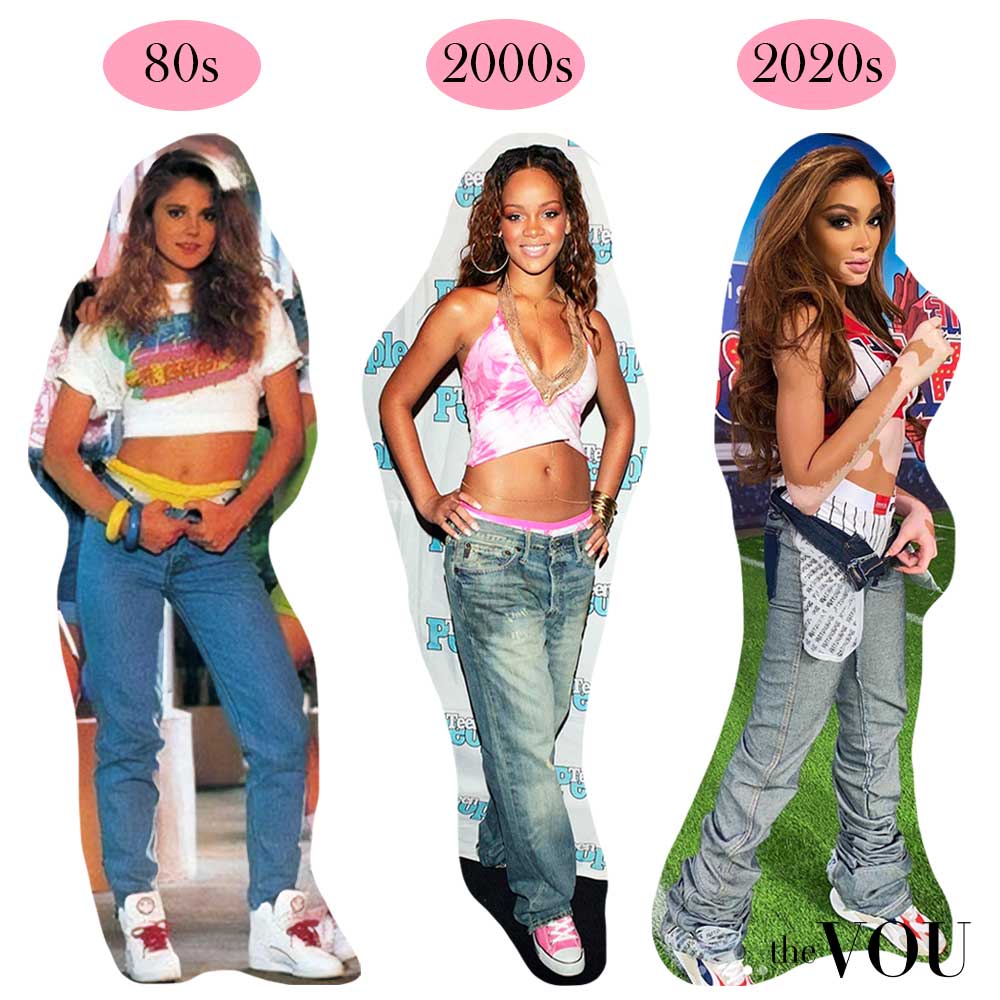

Especially during uncertain times, popular styles and trends like Y2K fashion bring familiarity and comfort.
Marked by the turn of the millennium, the Y2K era delivers a unique blend of nostalgia and retro appeal.
Social media platforms like TikTok and Instagram have been instrumental in spreading Y2K fashion.


Users, especially younger generations, discover and share past fashion styles like Y2K, giving them a new life.
Conclusion
The rebirth of Y2K fashion is more than a return to the past style; it is a reinterpretation that blends nostalgia with current cultural and aesthetic tastes.
This resurgence is not merely a repeat of history but an evolution, reflecting current fashion trends, societal value changes, and innovative technological adoption.
Weekly Newsletter
Keep up with the latest in fashion, beauty and style!
A University of Oxford graduate in Design History, Katherine Saxon is researching arising TikTok cultures from a consumer psychology perspective while covering emerging aesthetics in fashion and beauty for TheVOU, Forbes, Business Insider, and more.

